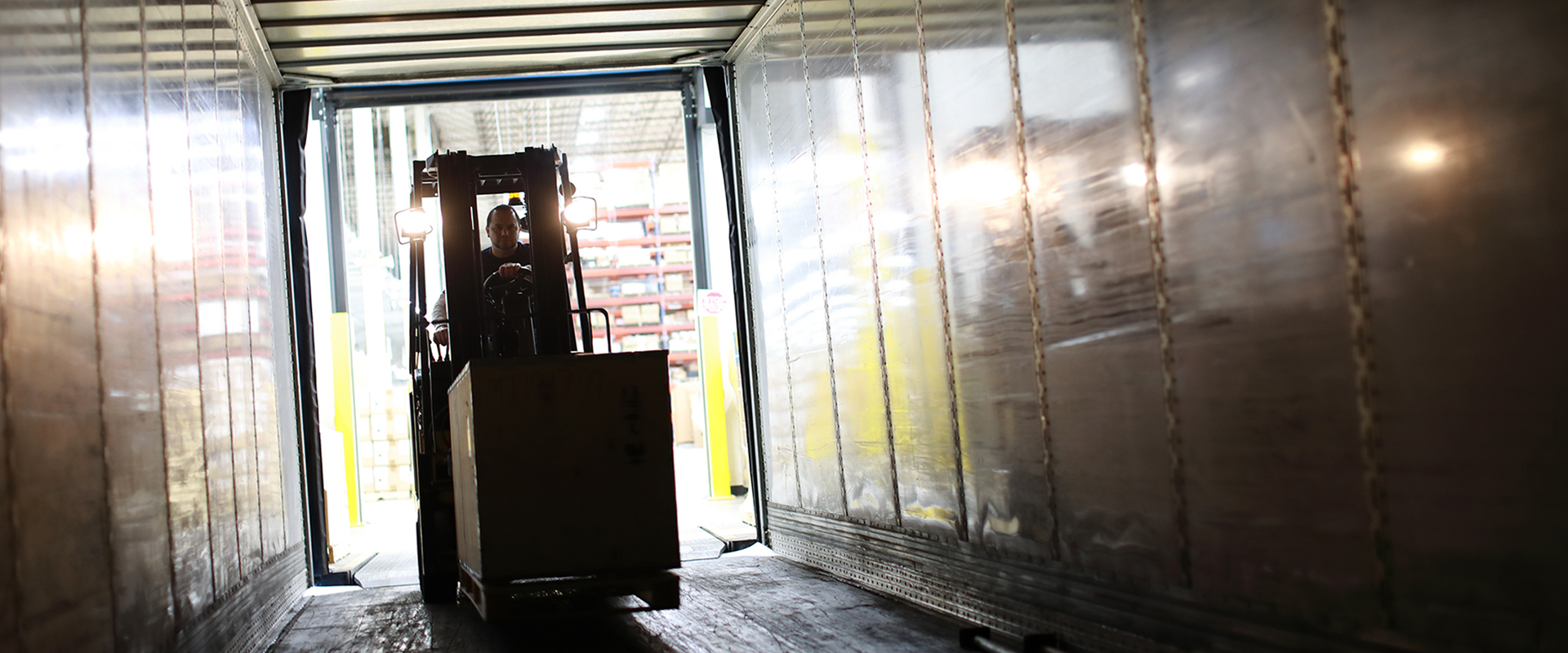The call came in just after 10:30 AM. A minor electrical fire had broken out in the lower level of a large convention center downtown. Fire crews responded within minutes. But once inside, their radios fell silent.
Thick concrete walls, reinforced steel beams, and dense infrastructure left their handhelds scrambling for a signal. One firefighter had to leave the building entirely just to relay updates back to command.
Thankfully, no one was injured, but the situation exposed a dangerous flaw. There was no DAS system installed.
When and Where DAS Applications Are Needed
Distributed Antenna Systems (DAS) aren’t just about a cellular signal or a WiFi signal. In large or complex buildings, they’re about reliable emergency communications, public safety, and ensuring first responders aren’t left in the dark when it matters most.
DAS network and Cellular DAS solutions serve a wide range of business and public safety needs, from better indoor coverage in high-rise towers to robust radio communications and cellular network coverage inside tunnels, on campuses, and in commercial facilities.
Common DAS Systems Applications Include
- Airports and stadiums
- Hospitals and schools
- Warehouses and distribution centers
- Office towers and shopping malls
- Government and emergency responder radio communication zones
Wherever a wireless coverage network is spotty or RF signals are blocked by concrete, glass, or metal, DAS systems can be the answer.
Understanding the Different Types of DAS
Passive DAS
A passive DAS redistributes the signal from a nearby signal source, such as a rooftop donor antenna, using coaxial cables and splitters. These passive DAS systems are generally more cost-effective and are best suited for smaller or less complex buildings.
Passive DAS systems use no active electronic devices between the signal and endpoint devices. It’s reliable and straightforward, but signal strength can drop over longer cable runs or across multiple floors.
Ideal for: Small to mid-sized commercial facilities, remote buildings, and cost-conscious business owners.
Active DAS
An active DAS uses fiber optic cables and powered components to distribute and amplify RF signals throughout a building. Instead of passively relaying a signal, this system converts RF signals into digital form, transmits them via fiber, then converts them back to analog.
Active DAS can cover vast areas with minimal signal degradation, making it perfect for airports, hospitals, and stadiums. Active DAS is a more expensive antenna system but offers the best coverage and capacity in large or multi-structure deployments.
Hybrid DAS
Hybrid DAS blends elements of both passive DAS and active DAS. It might use fiber optic cables to transmit signals long distances and then switch to coaxial lines in localized zones. This allows for scalability and a more tailored hybrid solution depending on coverage needs.
It’s a smart option when your environment requires the reach of fiber but the budget of coaxial—without sacrificing signal strength or connectivity.
Ideal for: Office towers, hospitals, and medium-sized campuses.
Digital DAS
A digital DAS is technically a type of active DAS, but it deserves special mention. These systems digitize RF signals for distribution and enable dynamic control over bandwidth allocation, power levels, and frequency distribution.
Digital DAS platforms often support centralized management, which simplifies maintenance and allows carrier services to coexist on the same network.
Ideal for: Multi-carrier environments, data-driven business operations, and cutting-edge infrastructure.
How DAS Works
At its core, a Distributed Antenna System is precisely what it sounds like. It’s a series of antennas connected to a single signal source. This series of antennas is strategically placed throughout a building, underground facility, or large campus. They allow for even coverage and clear connectivity for every device and responder.
Whether you’re boosting two-way radio coverage or enhancing a cellular signal, a DAS is your behind-the-scenes antenna hero.
Bi-Directional Amplifier Uses
Some DAS deployments may also include bi-directional amplifiers—tools designed to focus antenna signal strength into specific areas. These are useful when a building or campus needs enhanced coverage in certain dead zones, such as underground garages, stairwells, or service corridors.
These bi-directional amplifiers provide yet another layer of flexibility in a DAS design.
SJM Industrial Radios: Your DAS Partner from Design to Deployment
Choosing a DAS solutions provider in the Los Angeles area involves more than just getting someone to put antenna hardware in place. It takes an understanding of your building’s layout, your team’s communication needs, and the challenges that come with maintaining strong signal coverage indoors. That’s where SJM Industrial Radio comes in. We don’t just install antennas—we build customized systems that work with your space, support your operations, and grow with your goals.
We conduct a thorough RF survey, design systems with carrier coordination in mind, and integrate trusted technologies from Motorola Solutions for maximum public safety and emergency responder radio coverage. Our team has extensive experience with DAS design, radio communications, and network infrastructure that keeps your operation running—no matter the challenge.
And because we know business moves fast, our services don’t stop at the install. We maintain, support, and optimize your system long after it’s been installed.
The Complete Guide to Reliable Coverage Starts with SJM
Whether you’re exploring DAS for improved cell signal, enhanced connectivity, or public safety DAS needs, SJM offers the experience, equipment, and care to make it happen. From passive DAS to digital DAS, we’ll walk you through the right solution—every step of the way.
Let’s talk about your building, your goals, and how the right antenna systems can create dependable coverage for everyone—from staff to first responders.
Contact SJM Industrial Radios today and discover how our tailored DAS strategies can transform your facility’s connectivity.
TRUST SJM INDUSTRIAL RADIOS!

